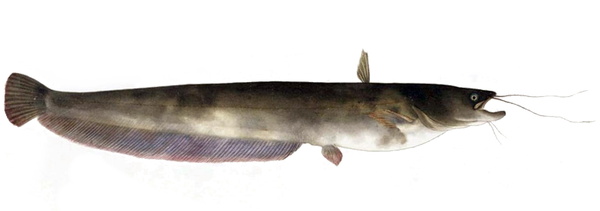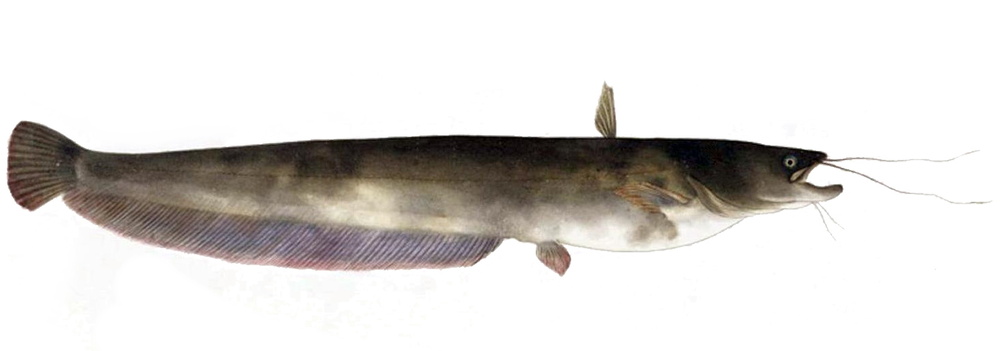Farming remarks
Silurus asotus is a catfish species that lives in Japan, east China, Mongolia, Russia, Korea, Vietnam, and Taiwan. It is cultivated in China, Taiwan, Japan, Korea, Malaysia, and Thailand. S. asotus lives for up to 12 years and reaches marketable size within a year. It lives in shallow waters of rivers and lakes, and it is commonly found in rice-fields, where it migrates to spawn. S. asotus has a complex mating ritual and does not reproduce naturally in captivity, maybe due to a lack of effort to simulate their natural environment during spawning season. The welfare and survival of S. asotus in farms can be improved if measures are taken to prevent their aggressive and cannibalistic behaviour as well as to reduce their stress while in captivity, such as adding environmental enrichment, regular sizing, providing regular and abundant feeding, and reducing handling and environmental disturbances. Sizing becomes an arduous job due to females being larger than males, which increases the aggression rates from bigger to smaller individuals. Some farms have tried to circumvent this problem by feminising males, but this measure generates malformations in the reproductive organs, which is detrimental for their welfare. Other farms breed sterile triploid individuals to prevent them from investing energy in reproduction and prevent the negative natural impacts of possible escapes. Further research needs to be done to study the wild and farming conditions of S. asotus, especially in the areas of their social structure in the wild, specific stunning and slaughtering methods, and the measures taken in farms to provide them with their migration needs and to reduce their stress levels.
For details see: WelfareCheck | farm





